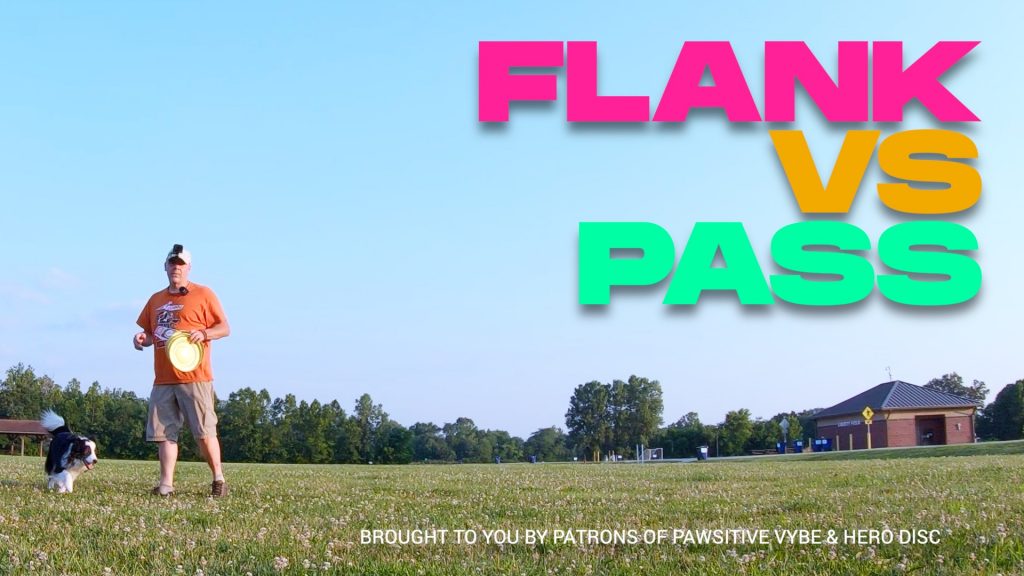
Flank vs Pass
There are really only 2 ways to throw a disc to your dog, you can Flank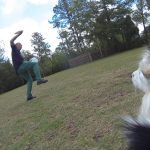 Out to the side of the handler is the Flank. If the dog is out to the handler's right or left the dog is on Flank. If the dog is moving with the... More or Pass
Out to the side of the handler is the Flank. If the dog is out to the handler's right or left the dog is on Flank. If the dog is moving with the... More or Pass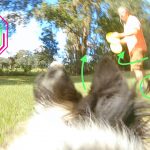 A Pass or Passing is a linear Team Movement maneuver that has the dog running or moving past the handler in close proximity, crossing or breaking the plane of the handler's body.. Ideally you display a mix of both of these types of throws in your freestyle game. Passes are set up with Team MovementTeam Movement is how dog and handler move, as a team, out there on the field. It is a judging category in some organizations and certainly is a focus of many judges, players,... More but Team Movement is not required to make the throw or the catch. Flanks are also set up with Team Movement and Team Movement is required in the placement and timing of the throw and the catch.
A Pass or Passing is a linear Team Movement maneuver that has the dog running or moving past the handler in close proximity, crossing or breaking the plane of the handler's body.. Ideally you display a mix of both of these types of throws in your freestyle game. Passes are set up with Team MovementTeam Movement is how dog and handler move, as a team, out there on the field. It is a judging category in some organizations and certainly is a focus of many judges, players,... More but Team Movement is not required to make the throw or the catch. Flanks are also set up with Team Movement and Team Movement is required in the placement and timing of the throw and the catch.
Flank and Pass Defined
A Pass has the dog approaching and leaving the handler directly and running straight away. A Flank has some type of cooperative movement so the dog does not start at the handler and leave directly, there is some angle to the throw where the dog and handler are moving together.
Toss and Fetch has the dog leaving the handler directly and running straight upfield. This is leaving the handler, once the dog goes around the handler disappears. This disconnect and autonomous movement by the dog for the disc is a good part of the definition of a Pass.
On the Pass, dog, handler, and disc are in a line and the dog is chasing the disc. There is no angle in this line and no shape between handler, dog, and disc. A Pass is like throwing the disc down a hallway – all the dog has to do is overtake the disc with speed and throttle down to make the catch. It’s a great skill. It is not the only skill, however.
A Zig Zag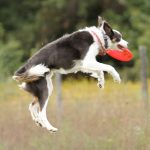 A Zig Zag is a series of catches in smooth succession that forces the dog to move back and forth across the field. Usually performed at a distance of 8-20 yards, the Zig... More or an Around the World
A Zig Zag is a series of catches in smooth succession that forces the dog to move back and forth across the field. Usually performed at a distance of 8-20 yards, the Zig... More or an Around the World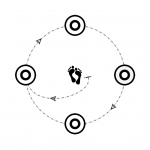 An Around the World is a disc dog flatwork pattern consisting of 4 catches in a circular pattern around the handler. This pattern is typically larger than 5 yards and often features creative... More relies creates a Flank. The dog and handler are moving, cooperatively in the same direction on both of these patterns. The dog, out of the corner of the eye, can see the handler while chasing the disc. This is a hallmark of cooperative Team Movement.
An Around the World is a disc dog flatwork pattern consisting of 4 catches in a circular pattern around the handler. This pattern is typically larger than 5 yards and often features creative... More relies creates a Flank. The dog and handler are moving, cooperatively in the same direction on both of these patterns. The dog, out of the corner of the eye, can see the handler while chasing the disc. This is a hallmark of cooperative Team Movement.
On the Flank, there is an angle between dog and disc and dog and handler. These angles combine to create a shape. The dog, to some degree, is intercepting the disc while on the Flank. A Flank can be like throwing through the window of a moving car – the handler must place the disc on the dog’s line and have it cross the line at the same time the dog passes by and/or the dog must read the disc, target it, and regulate speed to meet the disc at the right time.
The more aggressive the angle and shape between dog handler and disc, the smaller that window becomes and the more the dog has to be on point in order to make the catch. Throwing (and judging) Zig Zags is more than just making cool throws and leaping catches…
Pressure and the Pass
Positional pressure may or may not be utilized by the handler and respected by the dog in a Pass. Done well and properly, the handler handles the dog through the Pass using positional pressure and movement to trigger the skill and pull the dog into the Passing maneuver. This type of Pass clearly demonstrates Team Movement and reinforces the dog following the handler.
But not all Passes are equal, regardless of how bad ass a throw you make. If the dog steam rolls the handler and ignores the positional pressure and movement cues given by the handler (or if the handler does not give these cues) the Pass was made with low levels of Team Movement and reinforces the dog moving however he or she wants leading to less control and weaker Team Movement for the team in the future.
Pressure and the Flank
Ideally, positional pressure and disc placement work in concert on the Flank. When it does, a high level of Team Movement is on display. If the disc placement alone is driving the dog and positional pressure is not employed, the Team Movement is of a lower level. And it’s cool, not everything has to happen with high levels of Team Movement, but it is important to recognize the idea that applying pressure and working together is a higher expression of Team Movement.
The dog wants to work in front of the handler and this desire can be leveraged to facilitate reliable Team Movement. The handler can rotate or move in the desired direction to help move in the correct direction to facilitate a successful and cooperative catch and to maintain control over the dog for a variety of patterns and cooperative Team Movement.
Pushing & Pulling
Who is pushing and who is pulling? On both the Flank and Pass the handler should be driving the dog. If the dog is driving the handler then it is the dog who is doing the pushing and pulling. If the dog is pushing and pulling, good luck running your dog and creating and maintaining your routine.
On a Pass, the dog is pushing on the handler, and if the handler lets the dog get away with it, the dog will steamroll the handler and force the Pass. While the dog is pushing on the Pass, the handler needs to be pushing back against the dog until it is time to make the throw or make the move, at which point the handler shifts from pushing to pulling, triggering the dog. This will maintain and reinforce cooperative movement on this Passing skill and in the future. If the handler constantly gets steamrolled here and doesn’t use pressure to trigger the skill, the dog is likely to ignore positional pressure and Team Movement signals and run roughshod over the handler.
On a Flank, the dog may be pushing or pulling on the handler depending on whether or not the dog wants to come in or run away. The handler can and should apply pressure to keep the dog on the line where the catch will be made. Using pressure in this manner will help the dog follow the handler and regulate speed for quality play and Team Movement.
It’s Always a Bit of Both
Most throws have attributes of both the Flank and Pass it really isn’t a binary either or. That said, clearly understanding the distinction between Flank and Pass and handling each situation appropriately are key to maintaining control over your Disc Dog and for successful, quality Team Movement.
Successfully applying both skills in Freestyle should result in better scores and more freedom to express dynamic and creative Team Movement.
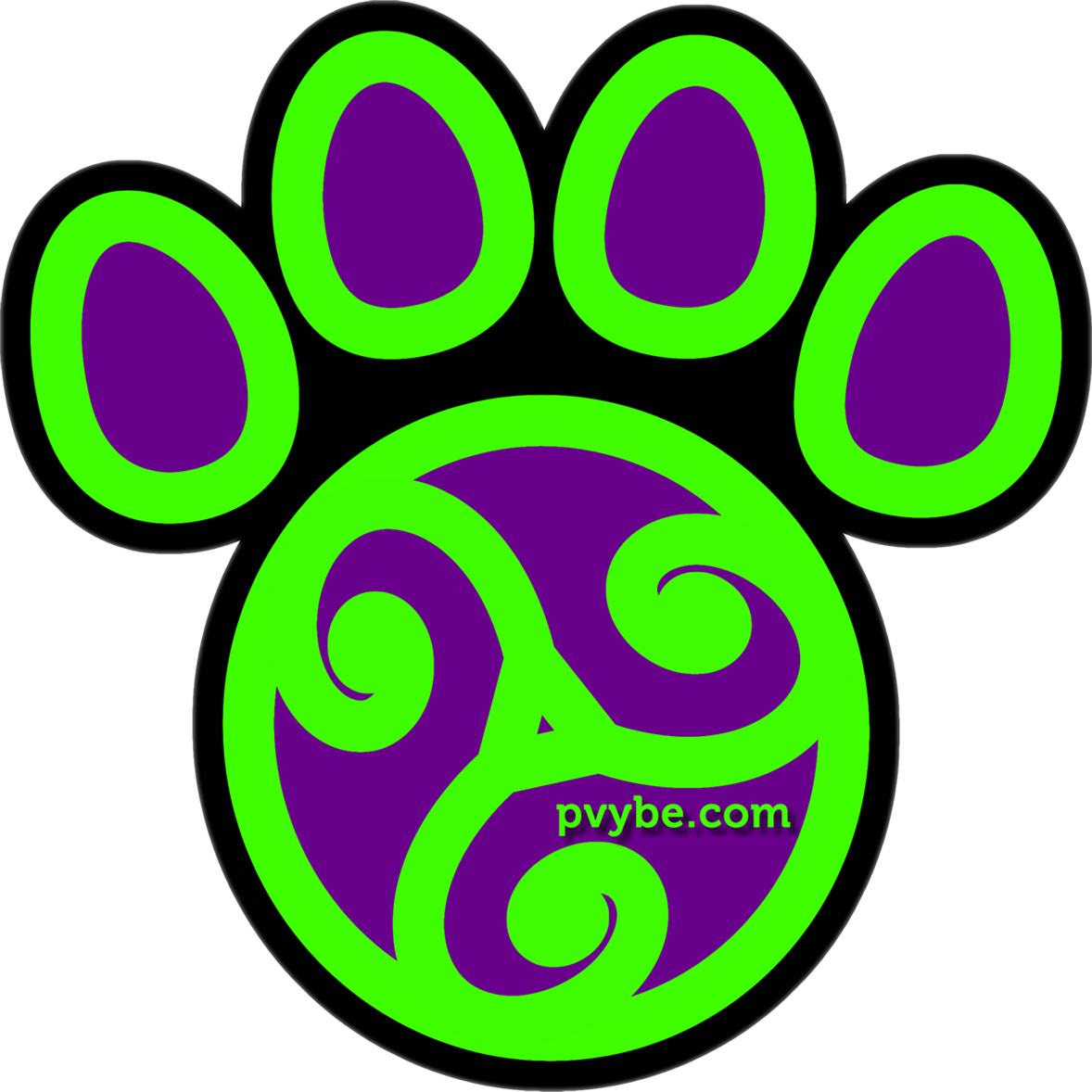


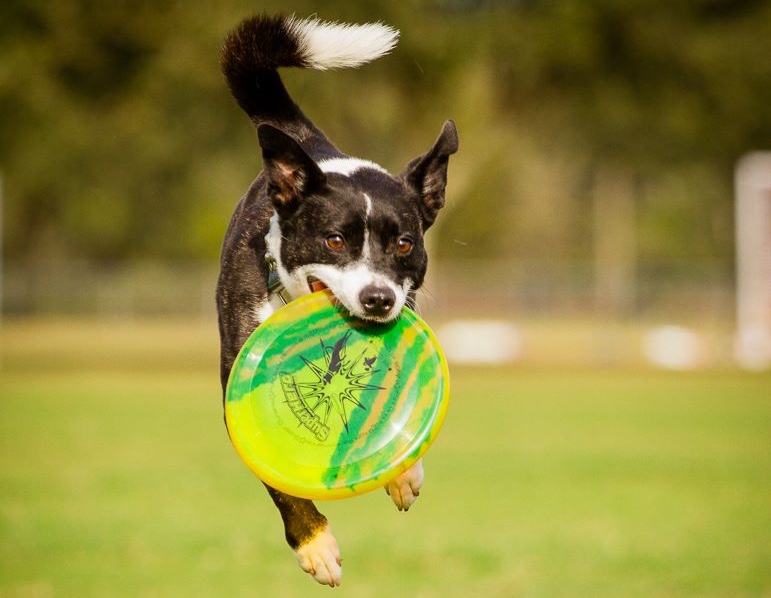

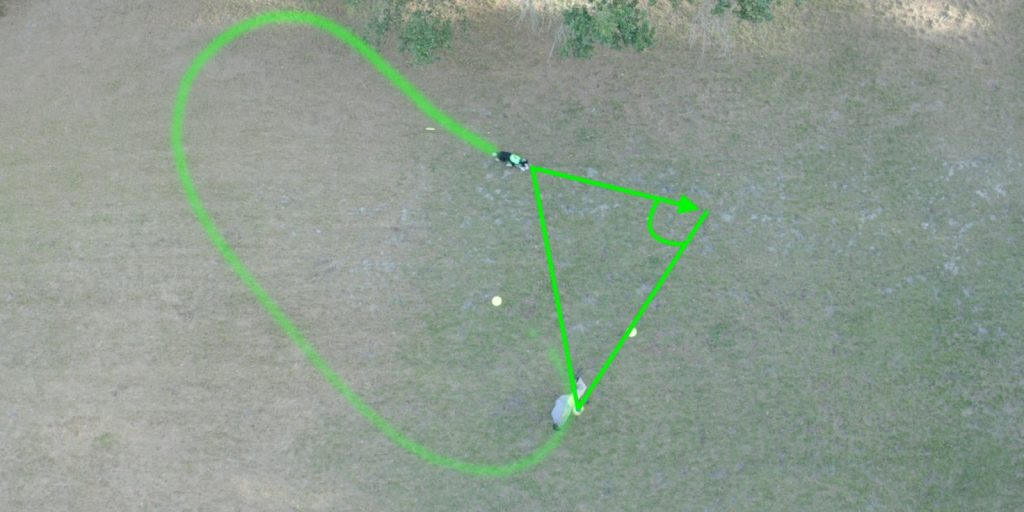
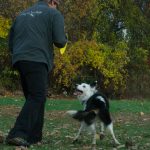
Responses